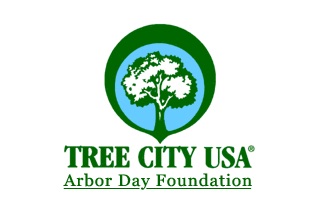 Tree City USA Interactive Map
Tree City USA Interactive Map
Do you know how many Tree City USA communities are in Wisconsin or the longest-running Tree City USA in the state? Find this and other eye-opening information by visiting the new Arbor Day Foundation interactive Tree City USA map. Tree City USA statistics and fun facts are now available for the entire nation, as well as individual states, using this online tool.
Submit Your Tree City USA Application
The Tree City USA program provides communities with a four-step framework to maintain and grow their tree cover. It also provides an avenue to celebrate accomplishments, showing residents, visitors and the entire country their commitment to the mission of environmental change. Continue reading “Tree City USA Updates”

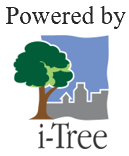 The trees on school properties mirror those of the surrounding urban forest in composition but not in coverage.
The trees on school properties mirror those of the surrounding urban forest in composition but not in coverage.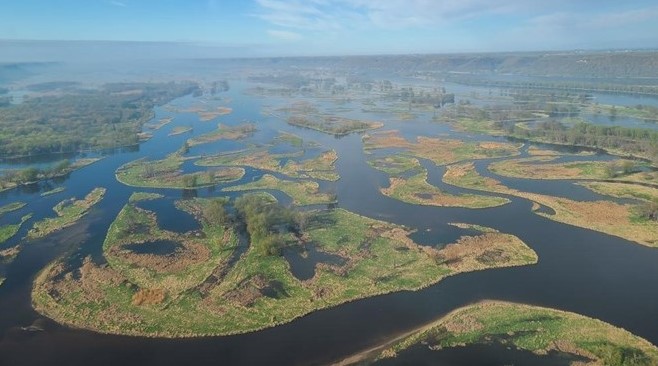 The Wisconsin Climate and Health Collaborative, a group of climate and health professionals from across the state working to create a healthier climate, people and communities through local action, wants to learn from you and your community! Take this short
The Wisconsin Climate and Health Collaborative, a group of climate and health professionals from across the state working to create a healthier climate, people and communities through local action, wants to learn from you and your community! Take this short 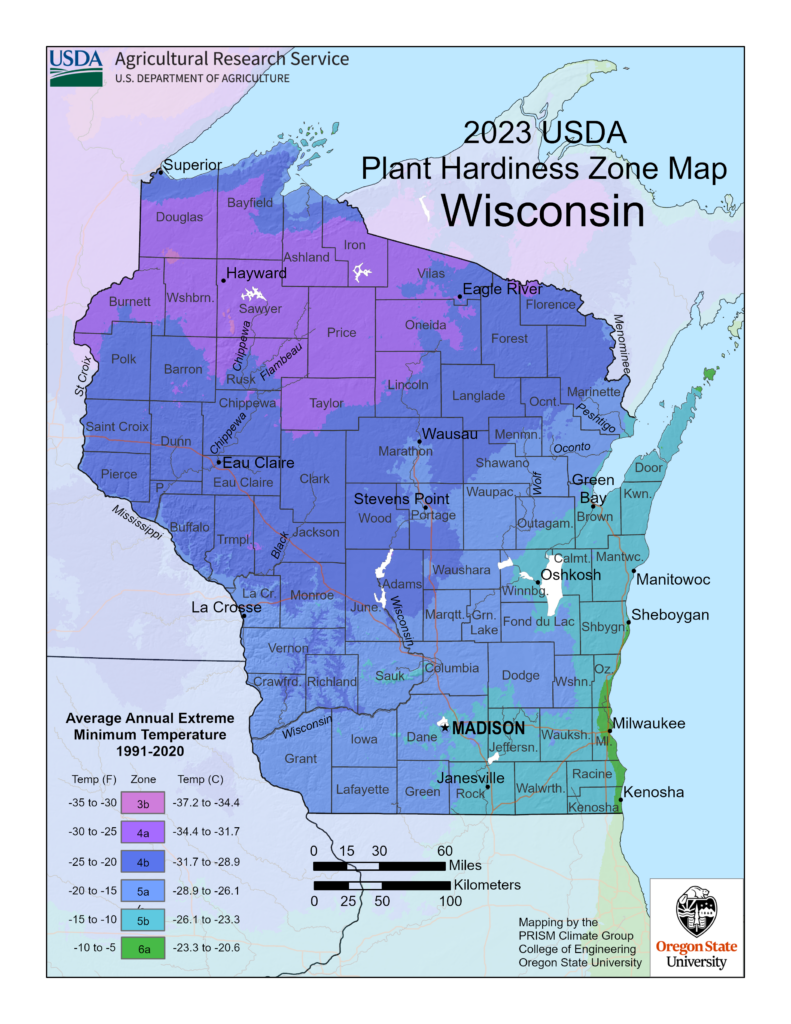 Thirty years of data was reviewed by a group of horticultural, botanical and climatological experts for the latest USDA Plant Hardiness Zone Map revision. This was determined to be the best balance between the fluctuations of year-to-year weather variation and the concept that, during their lifetimes, perennial plants mostly experience what is termed “weather” rather than “climate.” A complex algorithm was used for this edition of the Plant Hardiness Zone Map to enable more accurate interpolation between weather reporting stations. This method accounts for factors such as elevation change and proximity to bodies of water, making mapping zones more accurate.
Thirty years of data was reviewed by a group of horticultural, botanical and climatological experts for the latest USDA Plant Hardiness Zone Map revision. This was determined to be the best balance between the fluctuations of year-to-year weather variation and the concept that, during their lifetimes, perennial plants mostly experience what is termed “weather” rather than “climate.” A complex algorithm was used for this edition of the Plant Hardiness Zone Map to enable more accurate interpolation between weather reporting stations. This method accounts for factors such as elevation change and proximity to bodies of water, making mapping zones more accurate. 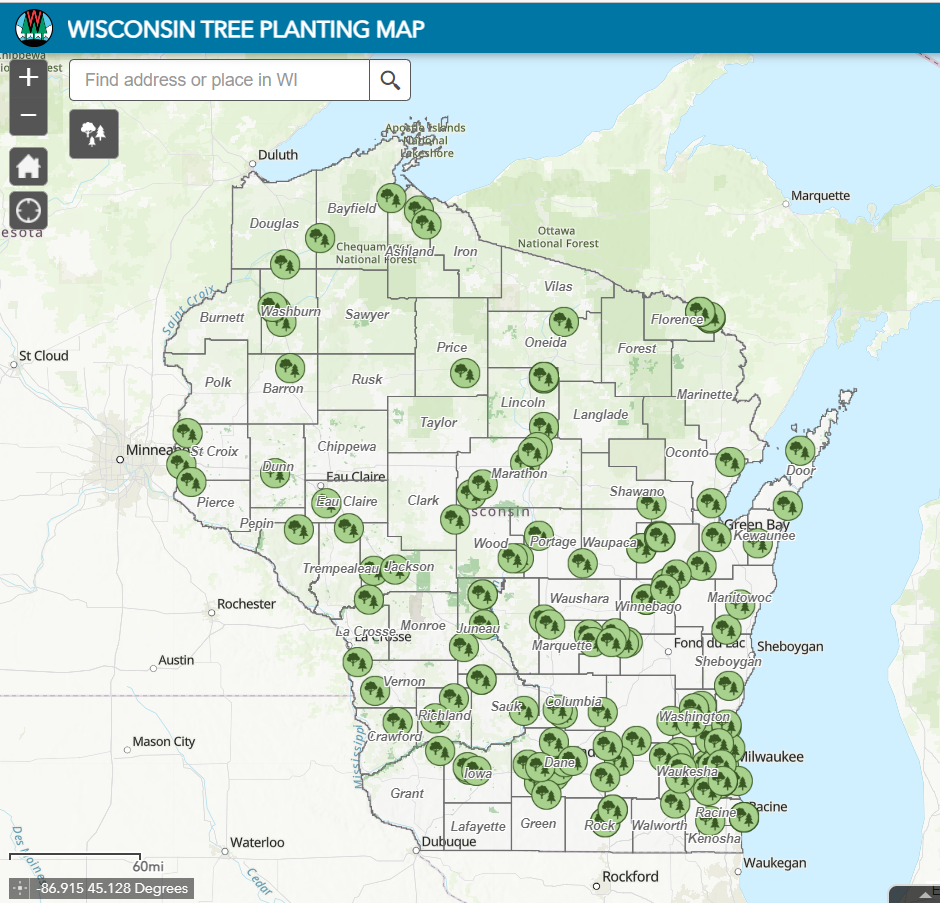 Autumn is a great time to plant trees. After the trees go in the ground, please take a few minutes to document the effort in the
Autumn is a great time to plant trees. After the trees go in the ground, please take a few minutes to document the effort in the